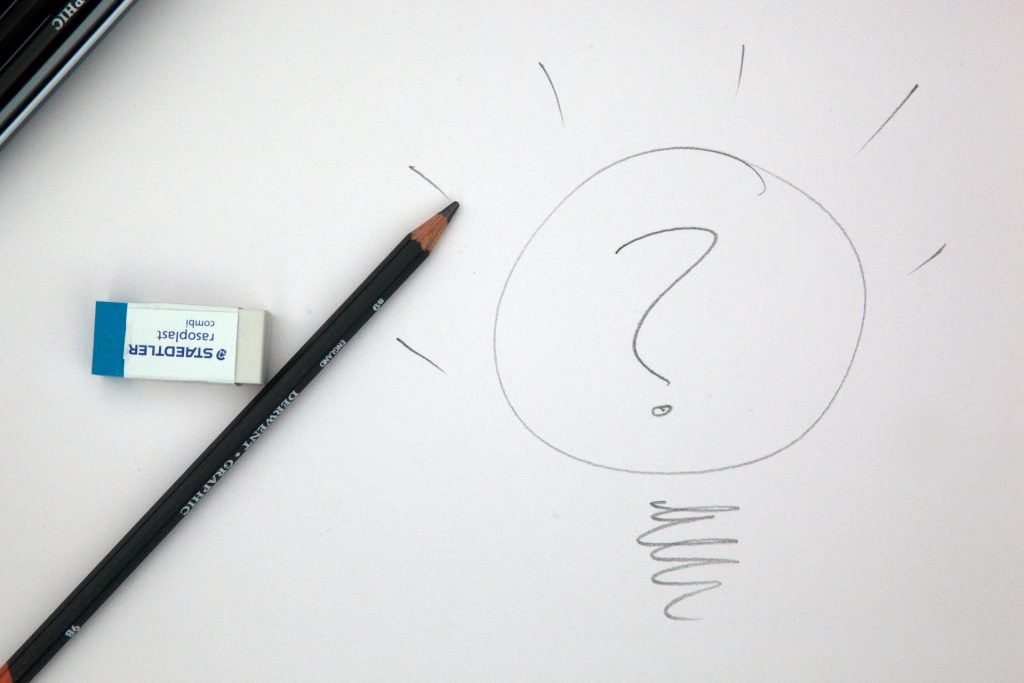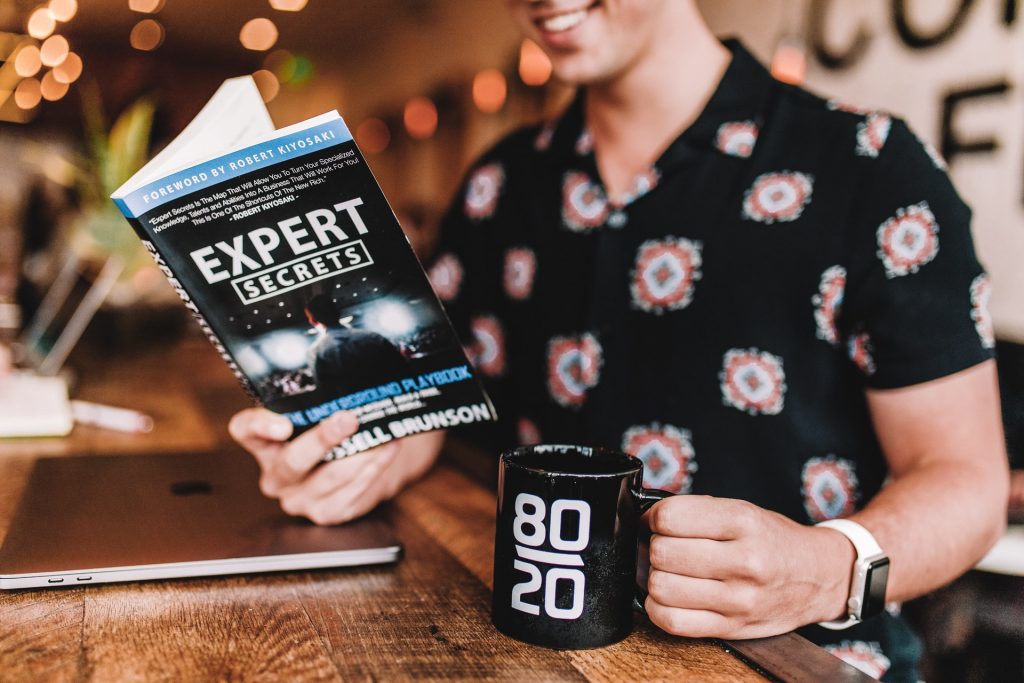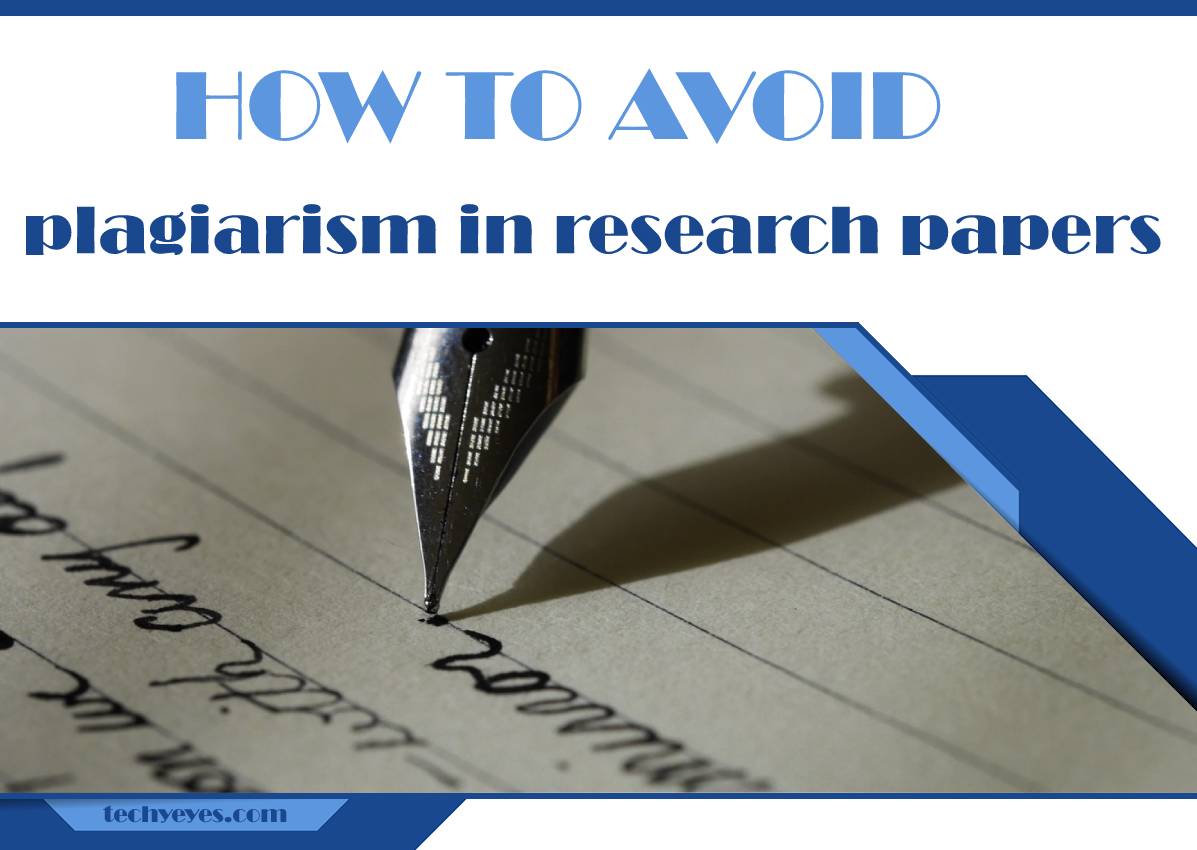Ugh, that plagiarism can come out of nowhere! Probably, we’ve all had those moments of anger when plagiarism spoiled our grades. However, whatever we did, we tried to eschew it; it would pop up in the least expected place.
Is there a recipe to completely do away with it when writing a research paper? Let’s find out!
Reasons for Plagiarising

People have been copying content for years. Some do that to earn money. Others, in turn, notoriously seek recognition, borrowing intellectual property and making it their own. But why do students plagiarize? There are three main reasons:
- Lack of time
- Desire to complete the assignment without putting in enough effort
- Insufficient knowledge
Fortunately, a few students consciously plagiarize content. Many decide to pay for college essays and get an exemplary paper promptly. But if you want to complete a research paper or any other essay on your own and make it crystal-clear, here are the most effective tips on how to avoid plagiarism.
Refer to Scholars When Needed

Academic writing is relentless. Writers have to remain reasonable and indicate sources every time they rely on them. Everyone is aware that direct quotations call for referring to the author. But when it comes to paraphrasing, not everyone is willing to give credit to scholars. Why?
A paraphrased sentence can be entirely altered so that it can evade being identified as plagiarized. But don’t let this entice you to plagiarize! Technology thrives. And so does plagiarism software. Today it may pass your sentence as original, but tomorrow you might get expelled because of that. Come on; cite it!
Oh yes, remember to mention everything you use in your paper, be it a sentence, web page, picture, figure, or chart.
Pay Close Attention to Citation in Sources

Every credible source contains citations. Misciting a source is one of the biggest mistakes students commit. Instead of citing an original piece, they credit the book or article that cites another author.
If you find such an included citation and want to use it in your research paper, you have to find an original piece. Finding it might be demanding and time-consuming, so make sure to find it at all costs or give up a particular idea.
Use Citation Machines
We wouldn’t recommend you to rely on citation machines entirely. They have their advantages and downsides. Still, they can help you build correct citations.
Try creating preliminary citations using such apps. Then modify them manually, adding the necessary information, such as edition, volume, publishing house, year, etc.
Make Sure to Cite According to the Format

Following a formatting style is pivotal in academic writing. Depending on your major and educational institution, you may have to follow a specific writing style.
However, whatever format you must stick to–APA, MLA, Chicago, or Harvard–ensure creating relevant in-text citations and a bibliography page.
Use Plagiarism Checkers to Ensure Your Text Is Clean

The best way to check if your text is fine plagiarism-wise is to employ plagiarism detection apps. The Internet offers a wide array of plagiarism checkers, both free and payable. Of all apps existing on the web, the following tend to be the most effective:
- Copyscape
- Unicheck
- Quetext
- Grammarly
For the best result, try using several checkers to ensure your research paper is unparalleled.
Bottom Line
Research paper writing requires collecting and processing a pack of sources. Correctly referring to them might be a pain in the neck. Plagiarism is a common yet severe mistake in academia.
Students who copy content jeopardize their final grades and risk failing the course or getting expelled from college. Above we went over practical steps that will help you avoid plagiarism when writing a research paper.

